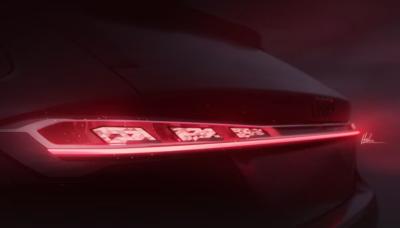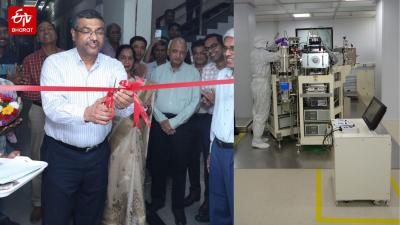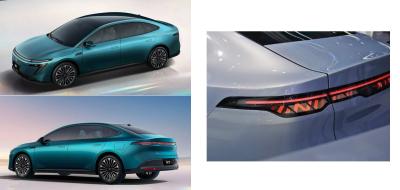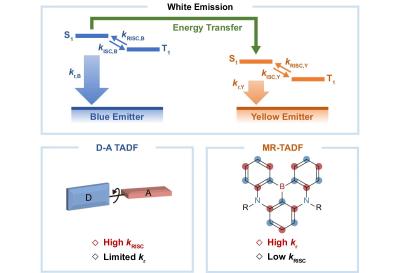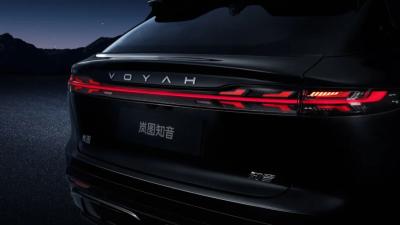OLED lighting introduction and market status
OLED (Organic Light Emitting Diodes) are light emitting panels made from organic (carbon based) materials that emit light when electricity is applied. OLED displays are popular today in smartphones, laptops, wearables, TVs, and more - but these panels can also be useful for lighting purposes.

An OLED 'light bulb' is a thin film of material that emits light. OLED is the only technology that can create large "area" lighting panels (as opposed to point or line lighting enabled by LEDs and fluorescent bulbs). OLEDs can be used to make flexible and transparent panels, and can also be color-tunable. OLEDs emit beautiful soft diffused light - in fact OLEDs lighting is the closest light source to natural light (with the exception of the old incandescent lamps).
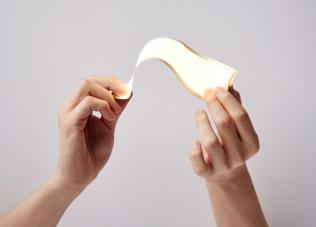
The OLED lighting market
OLED is an amazing technology for lighting - it creates beautiful, efficient and healthy light sources. OLED lighting has great promise but unfortunately the high price of production is a challenge that no one has managed to overcome and OLED lighting remains a small niche industry as of 2024.
In the early years, several large lighting makers (including GE, Philips, OSRAM, LG, Konica Minolta, Panasonic, NEC and others) had active OLED lighting programs, but slowly almost all of these companies dropped out of the market - for various reasons - but the main one being that the large investments in large scale production are not certified to lead to market adoption and the competition with LED lighting is extremely difficult.
But not all is lost. Konica Minolta is now mass producing OLED lighting panels, and OLEDWorks (which took over Philips' OLED lighting fab in Germany) is making excellent progress with automotive OLED lighting. China-based Yeolight is building $100 million OLED lighting fab, and Germany's Inuru is targeting niche markets with its printed OLEDs.
Further reading
- An introduction to OLEDs
- OLED Technology explained
- Transparent OLEDs
- Flexible OLEDs
- The OLED Toolbox, our comprehensive OLED industry information resource
The Audi 2025 A5 and S5 cars to sport OLEDWorks' 2.0 digital lighting rearlights
OLEDWorks proudly announces that the Audi A5 and S5 vehicles are to incorporate its cutting-edge digital OLED 2.0 technology, powered by the Atala brand.
In the new A5 and S5, there will be 6 modules, each with about 60 red emitting OLED panels. The total number of panels is 364. The panels provide personalized lighting signatures and dynamic, adaptive communication on the road.
India inaugurates a new AMOLED research center at IIT Madras
The Indian Institute of Technology Madras (IIT Madras) has inaugurated a new research center dedicated for the development of AMOLED technologies. The new AMOLED Research Centre (ARC) is a national centre of excellent that is funded by the Government's Ministry of Electronics and Information Technology (MeitY), by the Indian Defence Research and Development Organisation (DRDO), and Tata Sons.
The goal of this new center is to help India's display manufacturing industry. It will focus on AMOLED displays for wearables, smartphones, and tablets. Researchers at the ARC will also engage in research into OLED TVs, OLED lighting and OPVs.
OLEDWorks officially launches its 2nd-Gen Atala automotive digital OLED lighting solution
Last year Audi unveiled its upcoming 2024 Q6 e-tron car, with the 2nd-generation OLEDWorks digital lighting solution. Now OLEDWorks formally launched its Atala digital OLED 2.0 technology, which is now available for automotive producers and Tier-1 suppliers.
By digital OLED technology, OLEDWorks means that these are taillights in which each segment (there could be 10 to 128 segments in each module) is controlled individually, making it into a simple display system. The company says that digital OLED 2.0 delivers unparalleled functionality and performance. The second generation solution offers more panel options and higher level of integration and features.
Yeolight supplies OLED lighting taillights for new cars by Hongqi, JunYao and Nissan
China-based Yeolight is making excellent inroads into the local automotive market in China. Several new car models launched lately, using the company's OLED taillight solutions.
First up we have the Nissan N7, this is a China-bound EV mid-size sedan that will be produced by Nissan for the Chinese market through the Dongfeng Nissan joint venture.
Inuru's flexible OLED holo tags - hands on review
A few months ago Inuru started shipping its range of OLED-powered stickers, or "holo tags" as the company refers to them. These are battery-powered flexible stickers that can be used for laptops or any other use.
The company was kind enough to send us three stickers, from their latest Cyberpunk range. These stickers cost around 20 Euros, and there are many alternative designs. The idea is that the flexible stickers include a small OLED, a battery and a button that lights up the OLED for a few seconds. The whole device is said to be waterproof, but I did not test it.
Inuru says that the lifetime of the OLED is about 5,000 hours. As the battery is limited, though, they say that each sticker is limited at around 2,500 clicks. Some of them use a red OLED, and some a blue one.
Researchers combine blue TADF emitters and yellow MR-TADF emitters to create high efficiency and long-lasting white OLED devices
Researchers from Shenzhen University and Wuhan University have designed new white OLED devices that exhibit exceptional power efficiency (over 190 lm/W, 39% EQE) and extended operational lifetime (LT80 446 hours at 1,000 cd/m2).
The new device uses a blue TADF emitter emitter combined with a yellow MR-TADF emitter. The light is a warm white light. The researchers also used the same technique to create a standard white emission device, that still achieves a high EQE of 35.6%, thus further validating the strategy.
Yeolight confirms it is the OLED lighting supplier for Voyah's Zhiyin
Last month China-based Voyah announced a new international all-electric SUV called the Zhiyin, that includes several innovative technologies. The taillights of the car are OLED lighting based, with 33 individually controlled OLED units on both the upper and lower sections, creating unique light patterns. We assumed that Yeolight is the OLED panel supplier, and indeed now the company confirmed that.
In addition to the OLED taillights, the Zhiyin will also an AMOLED display - a "curved sliding screen" that can "slide to accommodate different user needs". While this is not confirmed, we assume that this is a similar display to the one Hongqi just revealed yesterday - a sliding rollable 14.2" AMOLED panel produced by Visionox.
Audi's 2025 Q5 and SQ5 cars to feature OLED lighting and two AMOLED displays
Audi unveiled its latest Q5 and SQ5 SUVs (2025 model). Both new cars adopt OLED lighting taillights and two AMOLED displays inside the car.
The OLED taillights utilize Audi's second-generation digital OLED solutions, and has six digital OLED lighting 'panels' made from 266 separate lighting segments. Audi says that the new OLED taillights can communicate with the vehicle’s immediate surroundings (Car-to-X) - for example it warns other road users of accidents and breakdowns in the road ahead. The OLED panels and technology are provided by OLEDWorks.
Voyah set to launch the all-electric Zhiyin SUV, with OLED taillights and a sliding OLED display
China-based Voyah announced that it will launch an international all-electric SUV called the Zhiyin next month. The Zhiyin was specifically developed for the global market, with two distinct front-end designs and several innovative technologies.
The Zhiyin will sport customizable OLED taillights, consisting of 33 individually controlled OLED units on both the upper and lower sections, creating unique light patterns. It is not clear whether this is optional, or whether it will come standard in all of the Zhiyin models. We assume that Yeolight is the OLED panel supplier, but we're not 100% sure.
Sentry announced it has ordered a substantial number of Konica Minolta's OLED panels for its Radiance platform
A couple of months ago fintech company Sentry launched the Radiance card illumination platform, which enables credit card (and other payment card) issuers to offer a unique experience by using an OLED lighting panel embedded in the card.
Today the company announced that it has placed the first substantial commercial order for the OLED units from Konica Minolta. The Radiance card platform works without a battery, and the OLED panel is powered by the NFC receiver upon a transaction (a technology that was demonstrated by KM back in 2020).
Pagination
- Page 1
- Next page
